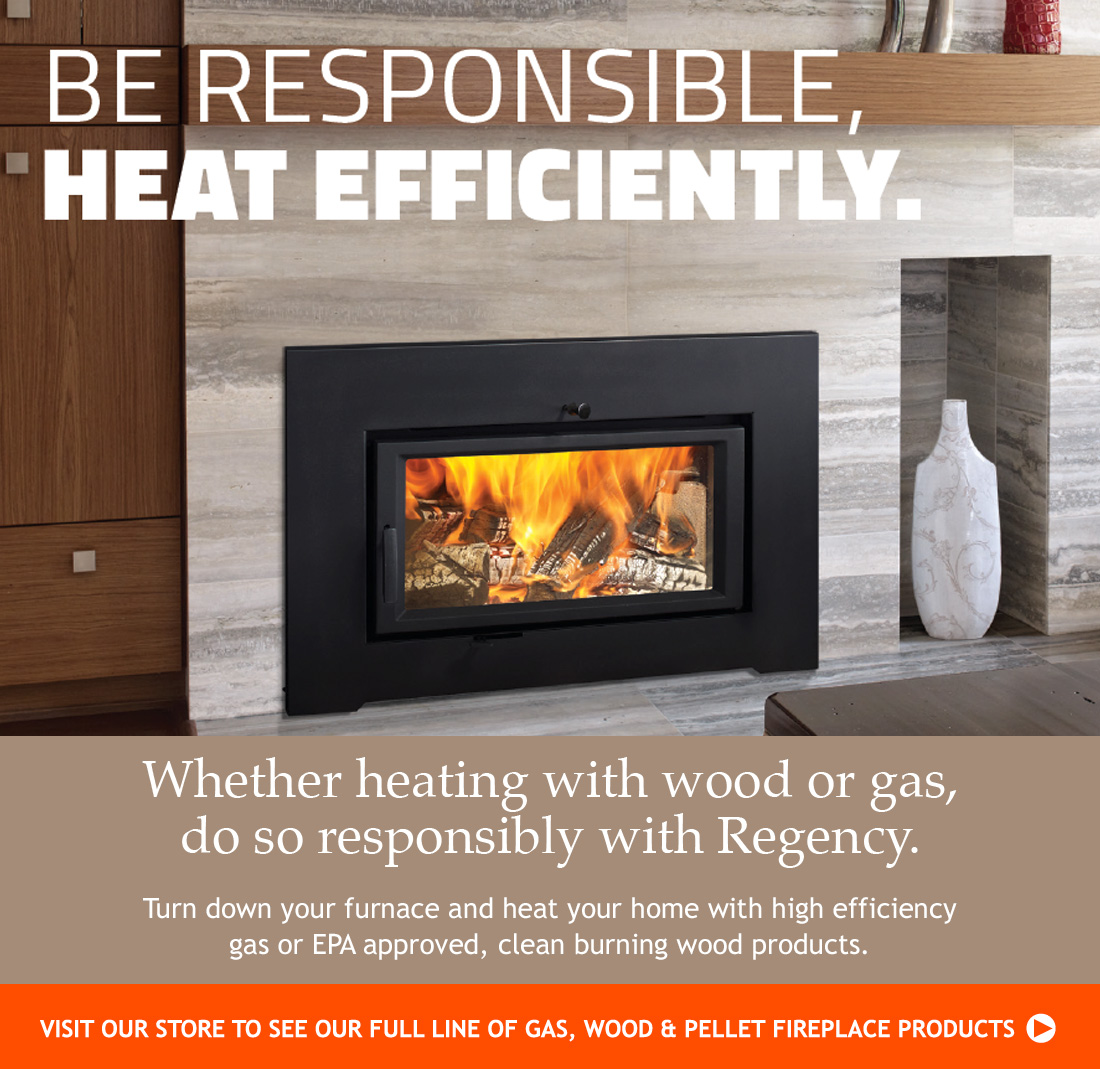The lining of your chimney’s flue performs an important role in providing adequate ventilation for effectively removing hazardous and noxious gases, smoke, and fumes from the fireplace in your home. They contribute an additional layer of protection between the inside of the chimney and the framing of the house. For maximum safety and home protection, your chimney lining should be checked to make sure it is functioning correctly.
10 Questions to ask when you are getting a new liner:
- Why does my chimney need a new liner?There are three principle reasons you may need a chimney liner: A) because your chimney has no clay tile chimney liner (older chimneys may not); B) the clay tile chimney liner is damaged; C) a chimney liner is required for optimal performance and safety because you are installing a new heating unit (stove or furnace) that will be vented into your masonry chimney.
- If there’s damage in the chimney, can my chimney pro show it to me?A chimney professional should be able to show you clear photos of the interior of your chimney that reveal a damaged clay tile liner.
- How will the liner fix the problem?Your chimney professional should be able to give you a clear and detailed answer to the operational and safety benefits a new liner will provide.
- What will you have to do to the chimney so the liner will fit in the flue?Stainless steel liners used for venting solid fuel burning appliances, like wood stoves or wood fireplaces, must be insulated. Sometimes in order to fit a stainless steel chimney liner that is wrapped in insulation down an existing masonry flue, the chimney professional has to remove the existing clay flue tiles. It’s good to ask about this so you will be fully informed.
- What liner are you installing and why?There are three basic categories of chimney liner: Heavy; High Performance Light; and Light. The cost runs from highest for Heavy to lowest for Light, but naturally the Heavy category is the thickest and strongest, so you would expect it to cost more. You should know which category of chimney liner is being used and why the chimney professional has chosen that option.
- Will the liner be insulated?As noted above, insulation is required for any liner used for venting solid fuel appliances. But there are advantages to having a chimney liner insulated even if it’s venting gas or oil appliances, especially if the flue being lined is on the outer wall of a house rather than in the interior. You should ask your chimney professional what his plans are regarding insulation and why.
- What’s the warranty?HomeSaver liners have a lifetime warranty that covers even damage caused by chimney fires and can even be transferred to the subsequent owner of your home if you ever sell the house. Make sure the warranty you’re being offered is up to these leading industry standards. Most chimney liner warranties require that the installation of the liner is done by a chimney professional and that the liner is inspected annually.
- Is it UL listed or just tested to UL standards?The most widely recognized listing for a chimney liner is a genuine UL (Underwriter Laboratories) listing. Most HomeSaver liners have a genuine UL listing. Not all liners have a genuine UL listing, but most are at least tested to “UL standards” by organizations other than Underwriters Laboratory.
- What alloy of stainless steel will the liner be?The most common alloy for wood and pellet appliances is 304. The most common for gas and oil is 316Ti which is more resistant to the corrosive elements common to gas and oil flue gasses. Very high efficiency gas appliances will require the AL29 4C alloy, which has the highest resistance to corrosion. However, don’t be surprised if your installer uses 316Ti for wood applications. This is a common and accepted practice and may often be the most economical. If you think the alloy being used for your application is inappropriate, ask about it.
- How will the chimney liner affect venting performance?A chimney liner properly sized for the stove, furnace, or fireplace it will be venting should maintain or improve the venting performance (draft). If the liner is smaller than the recommended size because of structural considerations in the flue, it’s possible this will have an adverse affect on draft. It’s a good question to review with your chimney professional.







